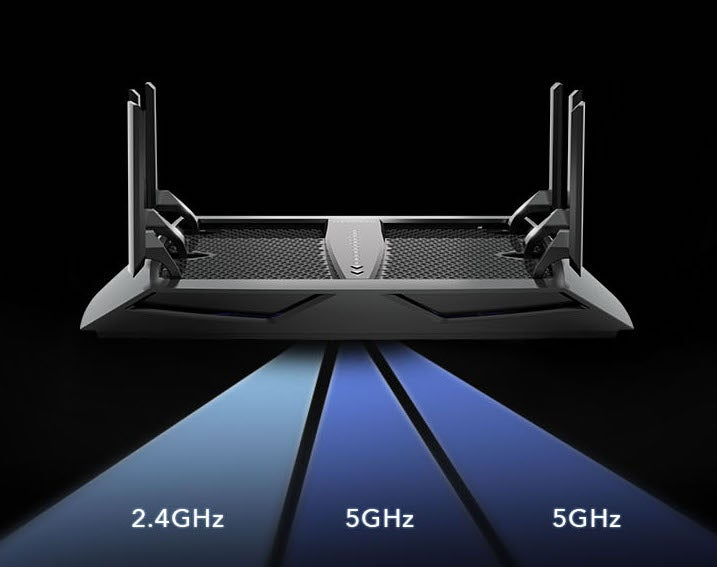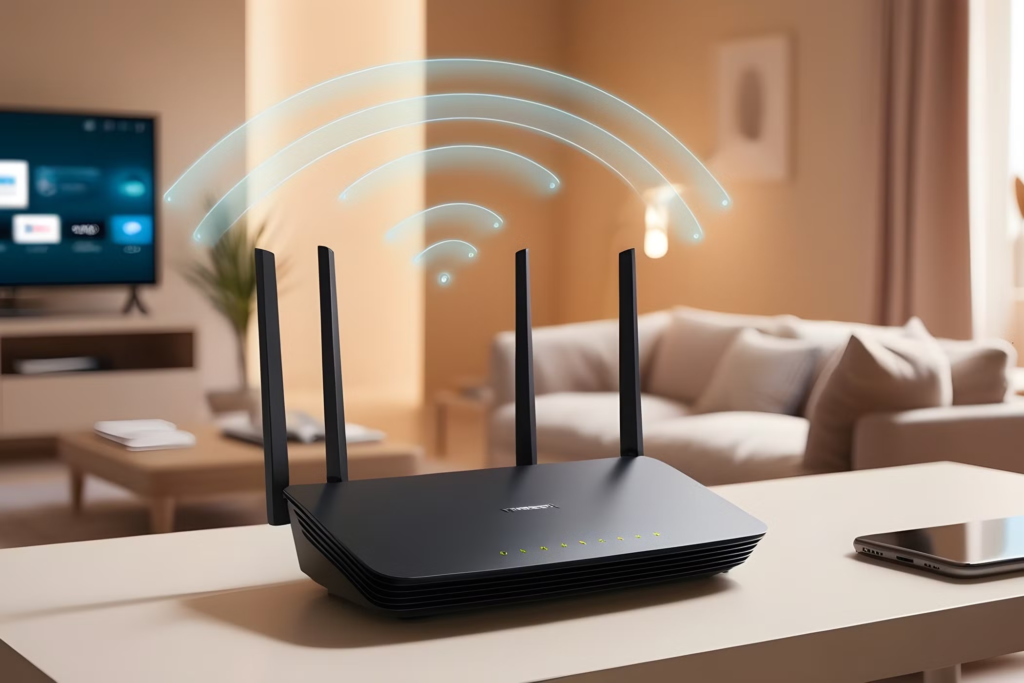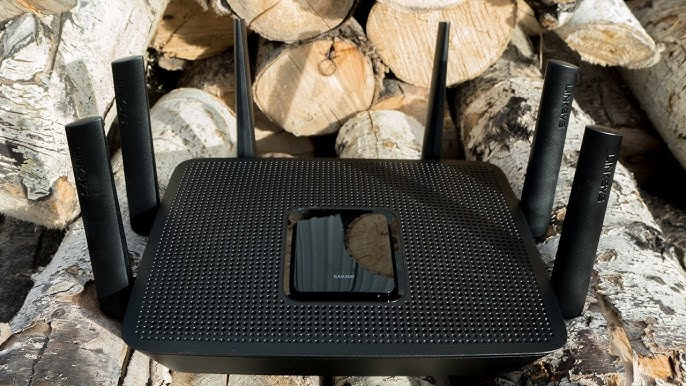It wouldn’t be wrong to state that this generation wouldn’t exist if it weren’t for wireless internet. Almost anything from entertainment in the form of ace actors on the big screen to business endeavors from the comfort of their homes has something to do with a Wi-Fi ecosystem which requires it to be fast and reliable. As people keep acquiring more and more gadgets in the house, so do the demands for better performing Wi-Fi increase. In comes the tri-band router – one of the most high performance networking options available to users with a significant amount of traffic and users. But just what is a Tri-Band router and do customer homes really need a tri-band router? In this particular post, we will look at the benefits of tri-band routers, consider tri-band vs dual-band options and assess whether they are the appropriate devices for particular need cases.
What is a Tri-Band Router?

Simply put, it is a wireless router that is able to provide internet service across three frequencies: one 2.4 GHz and two 5 GHz bands. This can be an advantageous arrangement as it can help with the better management of network resources, particularly in a house with many devices online at the same time.
2.4GHz Band: Features improved range and better wall-penetration capabilities but does not offer much speed and is very vulnerable to interference.
5GHz Bands: Are faster and do not have interference problems in a similar way, though the range is smaller.
Tri-Band routers are capable of handling more than one device using two 5GHz channels available at the same time without any effect on the available speed or performance.
Tri-Band Vs Dual-Band: What’s the Catch?
It is necessary to evaluate the difference between the less common tri-band router and the more often used dual-band router.
Dual-Band Routers

Frequency Bands: One 2.4GHz band and one 5GHz band.
Optimal for: Small families with a need to only connect a few devices (10-15).
Advantages: Inexpensive, supports internet access and other simple web activities easily.
Disadvantages: Suffers under load and results in low speeds when there are multiple users or devices.
Tri-Band Routers

Frequency Bands: One 2.4GHz band and two 5GHz bands.
Ideal for: Larger homes with many devices (20+ devices) or activities that require large amounts of data like gaming and 4K video.
Advantages: Facilitates simultaneous utilization of more devices, relieves congestion, and increases speeds.
Disadvantages: Costlier than dual-band.
Advantages of Tri-Band Routers
In case you want to upgrade to a Tri-band router, here are some core benefits not to forget:
1. Benefits Devices Handling
Especially with the advent of the smart homes, a typical household has hundreds of devices per household, ranging from cellphones, laptops, Smart TVs, and cameras. A tri-band router does this better by keeping certain devices within each band and maximizing performance for everyone.
2. Lessen the Network Congestion
Another problem with a crowded home network is congestion that can cause internet speed to slow down. By providing two 5GHz bands, the tri-band router helps to alleviate the congestion on the network even at peak usage.
3. Increased Speed for Such Activities
Performance oriented users such as gamers, streamers or work from home users would be glad to know that a tri-band router would increase speeds and reduce lag to their likeliness. The extra 5GHz band guarantees that none of the high traffic practices disturbs any other device in the network.
4. Coverage and Connection Stability
Though the 2.4GHz band can offer greater coverage, greater speeds and stronger connections to the user are offered by two 5GHz bands for devices in close proximity to the router. This makes tri-band routers well suited for big houses or even areas with more than one level.
Does Your Household Home Network Require a Tri-Band Router?

There are some scenarios that can justify the purchase of a tri-band router, depending on what the user intends to use it for.
Large Households: In homes that have so many individuals and all need to use the internet, a tri-band router will be very effective without any performance issues.
You’re a High Bandwidth User: Gamers, streamers, and people who work remotely will surely enjoy the increased speed and the decreased latency that comes with a tri-band router.
You Possess Smart Home Equipment: Devices such as security cameras, smart microphones and even some IOT gadgets can easily choke a dual-band router.
You Are Looking Towards the Future: There will continue to be an increase in the number of connected devices, hence a tri-band router will provide comfort in ensuring that the network can meet these demands.
The Best Tri-Band Routers to Buy in 2025

In case you have come to the conclusion that a tri-band router benefits you, here are some of the best options to compare:
Netgear Nighthawk X6S (R8000P): Delivers ultra-fast speed and superior range for large spaces.
Asus-RT AC3200: Offers high performance and accompanies advanced features such as QoS controls.
TP-Link Archer C4000: Excels in aspects of both performance and price, as a good mid-range.
Linksys EA9300: Suitable for fast internet use such as gaming and watching movies.
Conclusion
For memory hogs living at home and with several gadgetries, a tri-band router offers greater service. The advantage of this form of technology is that it uses three bands in gateways without causing cages or slowing down the operational speed and performance of the network. Some households may find it too much, but in need for a high-quality of service provided, it’s an attack worth considering.



